Typified Connections in Steel Building Construction
Features
- Design of moment resistant and simple joints of I-shaped rolled cross-sections according to Eurocode 3:
- Moment-resisting end plate connections (type IH/IM)
- Moment resistant purlin splices (PM type)
- Simple joints with angle cleat and long angles (IW and IG types)
- Simple joints with header end plates mounted either on web only or on web and flange (IS type)
- Check of coped connections (IK) in combination with pinned end plates (IS) and angle connections (IW)
- Automatic design of required joint with bolt sizes (all types)
- Check of required thickness of load-bearing members for shear connections
- Results of all required structural details such as appliances, hole arrangements, necessary extensions, a number of bolts, end plate dimensions, and welds
- Results including stiffnesses Sj,ini of bending-resistant connections
- Documentation of available loading and comparison with resistances
- Results of design ratio for each individual joint
- Automatic determination of governing internal forces for several load cases and connection nodes
Input
After opening the add-on module, it is necessary to select the joint type (moment resistant or pinned I-beam connection). You can select the individual nodes graphically in the RFEM/RSTAB model.
The RF-/JOINTS Steel - DSTV add-on module recognizes the cross-section including the corresponding material automatically, and checks if a joint design according to the DSTV guideline is possible. Furthermore, you can model and design structurally similar connections on several locations in the beam structure.
Design
The extensive DSTV guideline is included in the database of the RF-/JOINTS Steel - DSTV add-on module. Each joint is characterized by a unique alphanumeric code.
The possible DSTV connections can be filtered out by the corresponding specifications for the DSTV connection type (IH, IW, IS, IG, and IK) and the used cross-section. This way, it is possible to determine the load-carrying capacity of the selected joint.
Results
After the design, all results are displayed in clearly arranged result tables; for example, by load case or by node. The governing internal forces are compared with the limit values listed in the DSTV guideline.
You can visualize the joints graphically in the add-on module or in RFEM/RSTAB. In addition to the input and result data, including design details displayed in tables, you can add all graphics into the printout report. This way, comprehensible and clearly arranged documentation is guaranteed.
Calculate Your Price

The price is valid for United States.


.png?mw=1024&hash=aa4742c14b9bec5915cecf9750b61376a4ba1153)

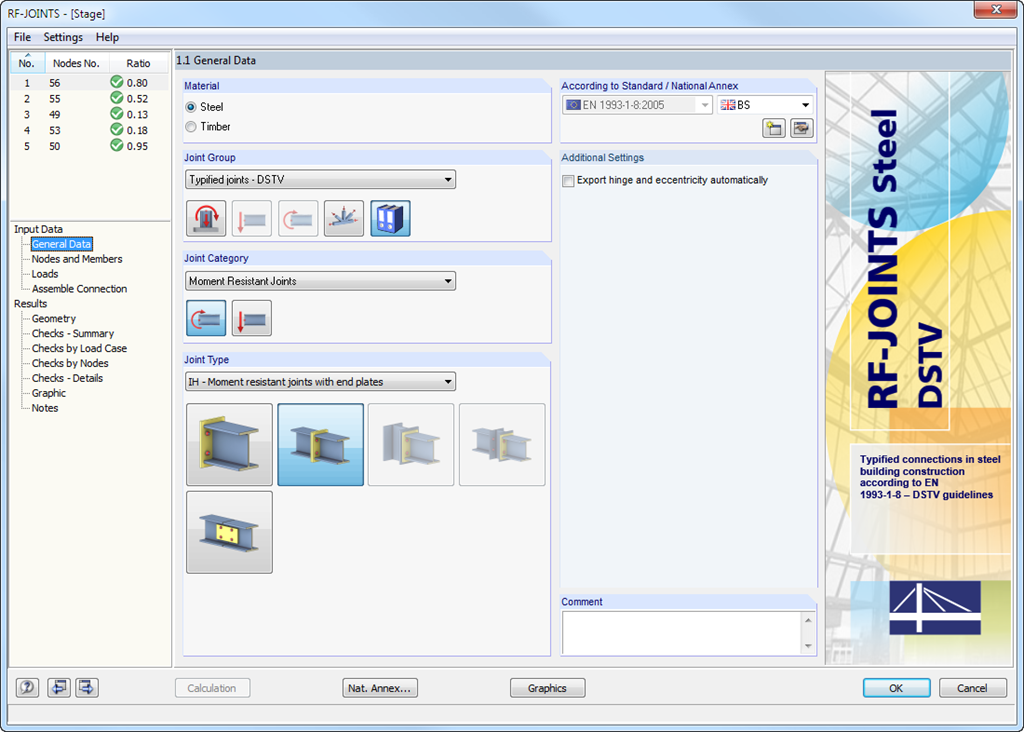
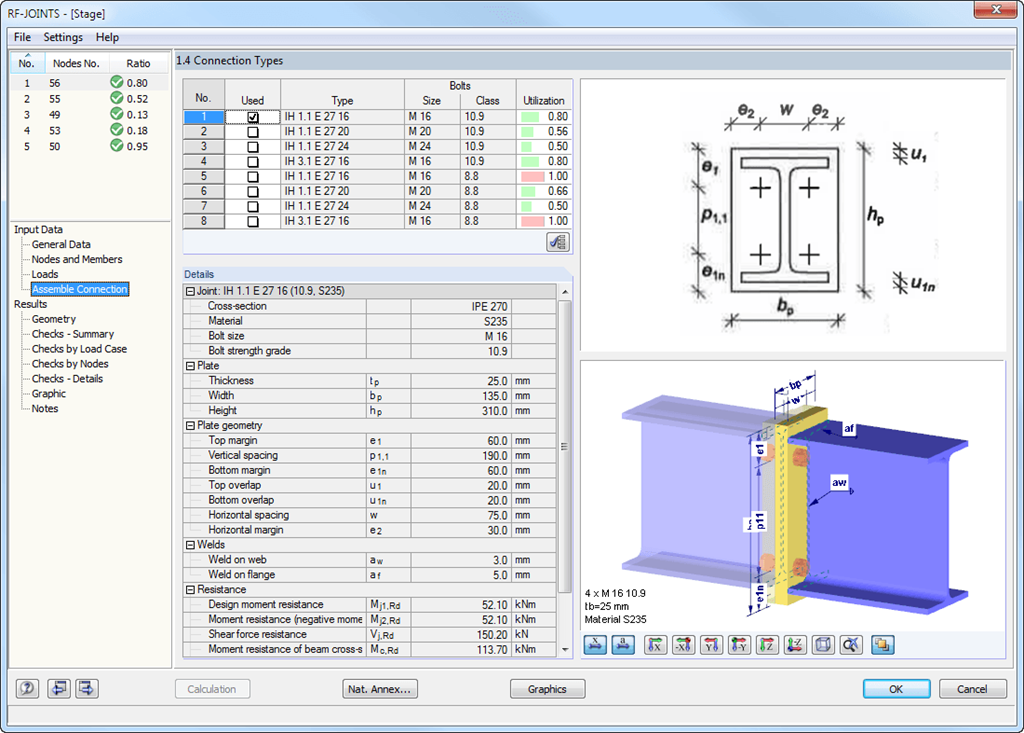
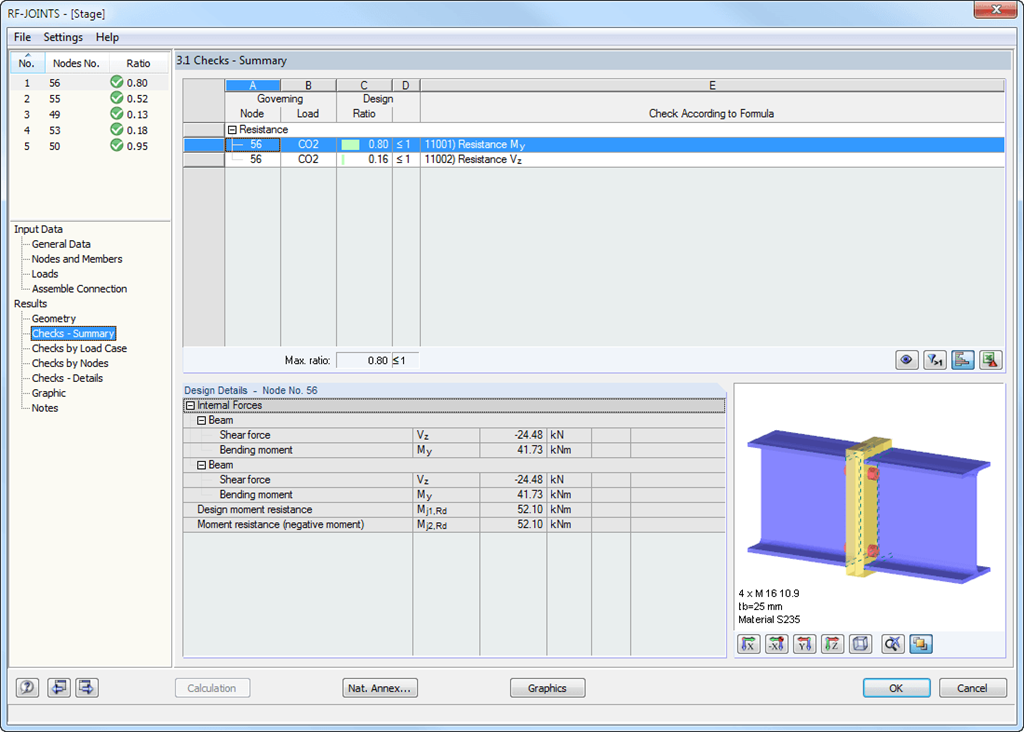
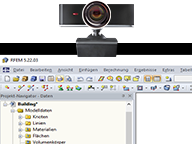
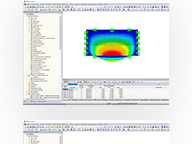
.png?mw=192&hash=f63e4a3f1836233005de32f60201d5392e507cf1)



